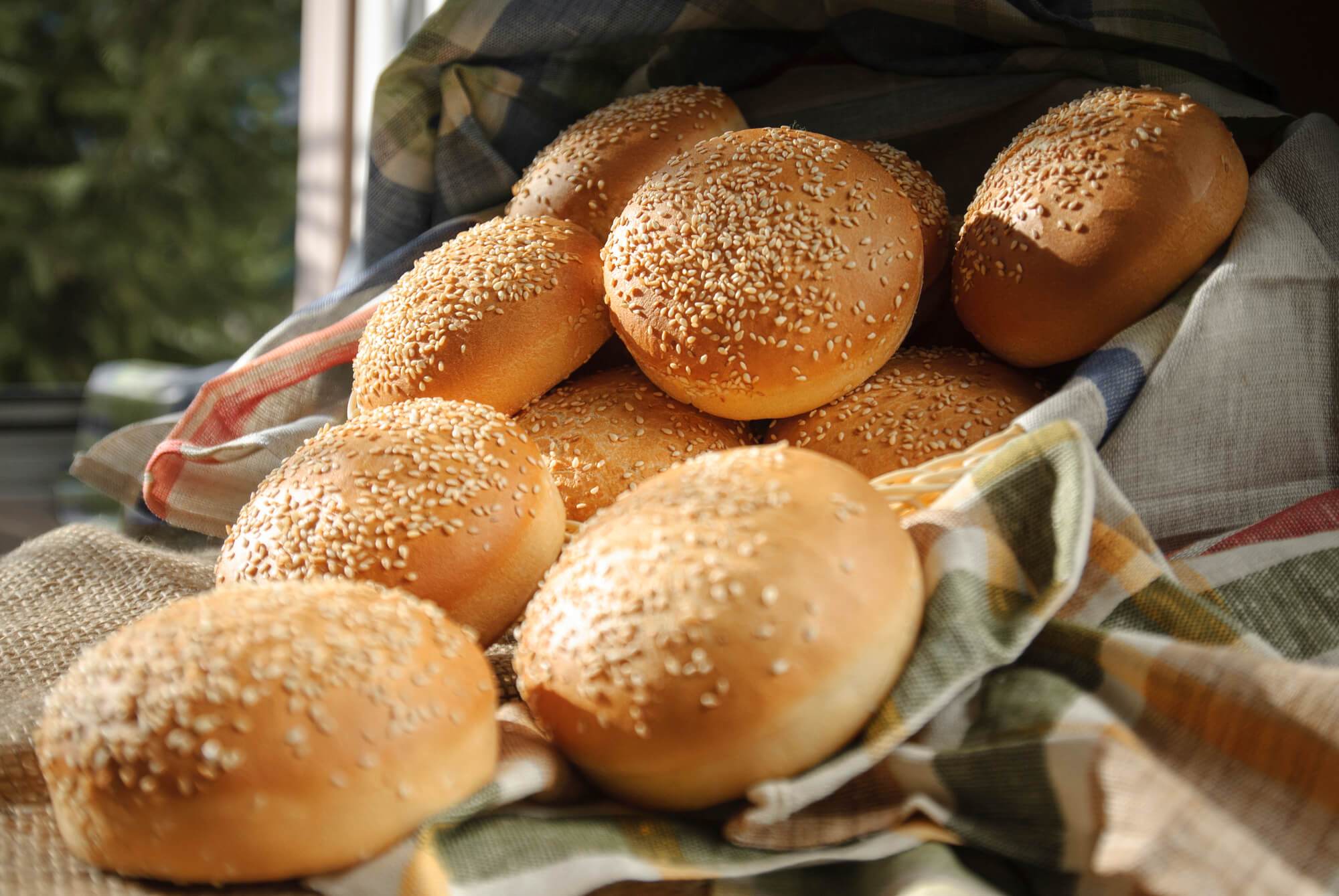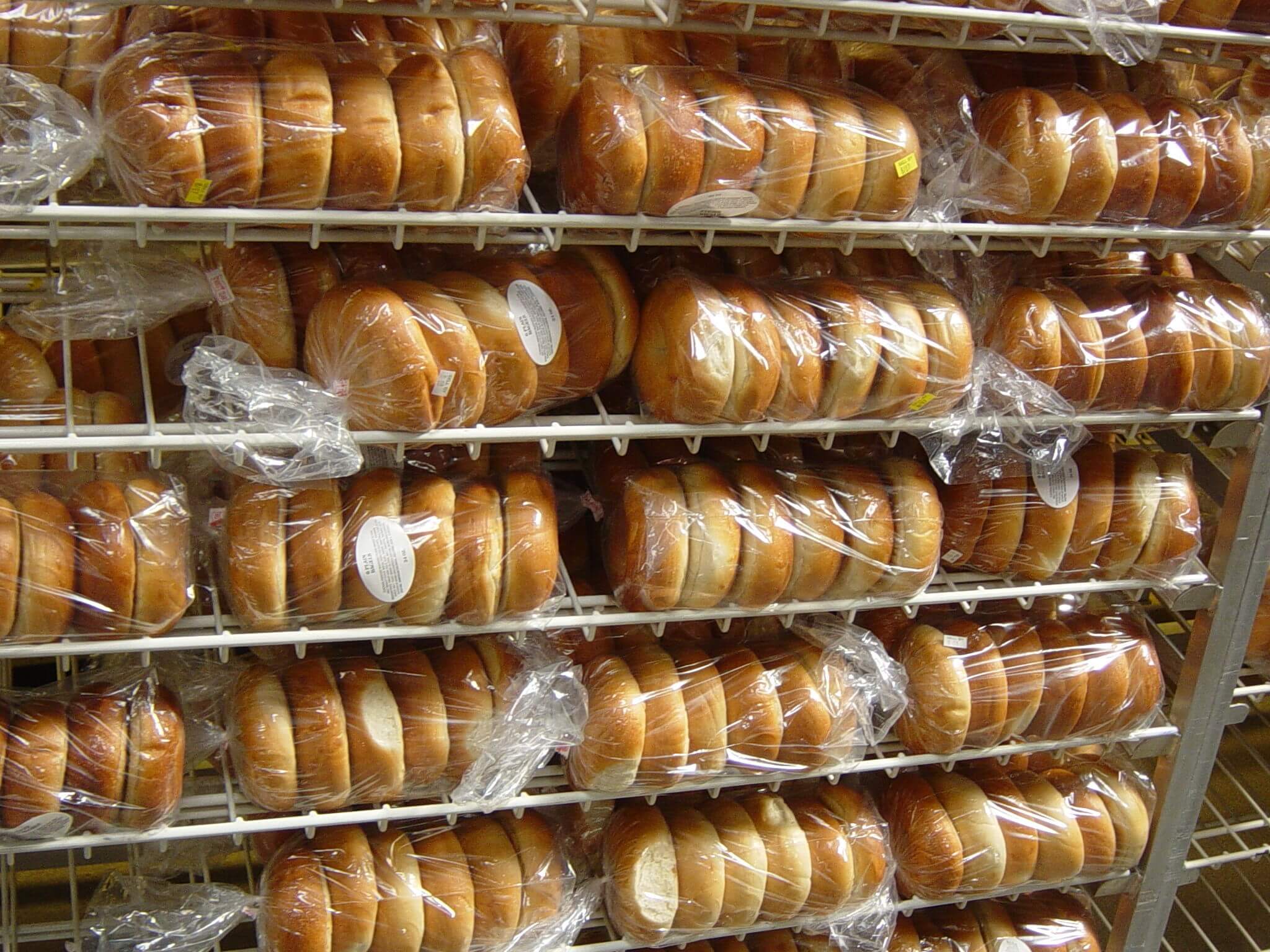
Buns and bread are baked food products formed from flour that has been moistened, kneaded, and sometimes fermented. It has been a vital source of sustenance for humanity since prehistoric times. Most fresh baked goods that are packaged in a twist-tied polyethylene and polypropylene bag have a shelf life of only a few days at room temperature. Molds are the most common type of spoilage organism discovered in baked goods. This article examines the materials used in bun bagging machines, as well as how to keep your bagged buns, bread, and bakery treats fresher for longer.
Bread and Bun Production
What Makes a Good Bread and Bun Bagger?
Buns must pass a number of sensory tests and must not crumble, crack, or become mushy. To think about it, the ingredients in buns and the temperature at which they are stored aren’t the only things that influence their production; packaging also plays a significant role.
Baking companies are looking for bread and bun baggers that can ensure consistent quality. They’re choosing equipment based on the ever-increasing demands for speed and versatility, to ensure that the packing process doesn’t stifle overall production.
How Does a Packaging Equipment Work?
Bakery operations rely heavily on packaging equipment. They are mostly used in high-speed bakeries for bagging and wrapping baked products with polyethylene bags. The evolution of closure mechanisms for bagging bread, rolls, and buns has been heavily impacted by customer preference for quick/easy opening and sealing of the package.
What Are The Types Of Bread Packaging?
Many packaging options can be used to extend the shelf life of bread. Initially, packaging materials had to be as inert as possible, and bread had to be protected from the principal causes of deterioration, such as oxygen and molds.
There are many different types of bread packaging, which are categorized into three categories based on the packing form: folding packaging, shrink packaging, and bag packaging.
Manual Packaging
Factors like funding, venues, and product volumes have less of an impact on manual packaging. The application is more adaptable, but there is a risk that it will fail to meet the cleanliness standards.
Semi-Mechanized Packaging, and Automated Packaging
Both the semi-automated and automated packaging are packaged with great efficiency and better packaging than hand packaging.
What You Should and Shouldn’t Do To Keep Your Bagged Bread Fresh Longer
Nothing beats warm buns and bread straight from the oven. That’s fantastic, but who has time to bake buns and bread every day? The majority of us buy prepackaged sliced buns and bread from the supermarket. So, how do you protect it from becoming stale?
Bread should not be kept in the refrigerator. This promotes moisture loss, which is one of the main causes of stale buns and bread. If you put it in the fridge, your buns and bread will go bad faster than usual. Because the top of the refrigerator is usually warm, your buns and bread will dry out or even form condensation in the bag. That’s a perfect environment for mold to thrive.
Looking For or Need A Service For Your Bun Bagging Machines?
Set up a service contract with us and have the guarantee, rather than hoping that things don’t go wrong at the most inconvenient time. Check out our large selection of tools, appliances, small wares, and a lot more. If you require assistance with the upkeep of your equipment, please contact us today at Lenexa Manufacturing Company.


